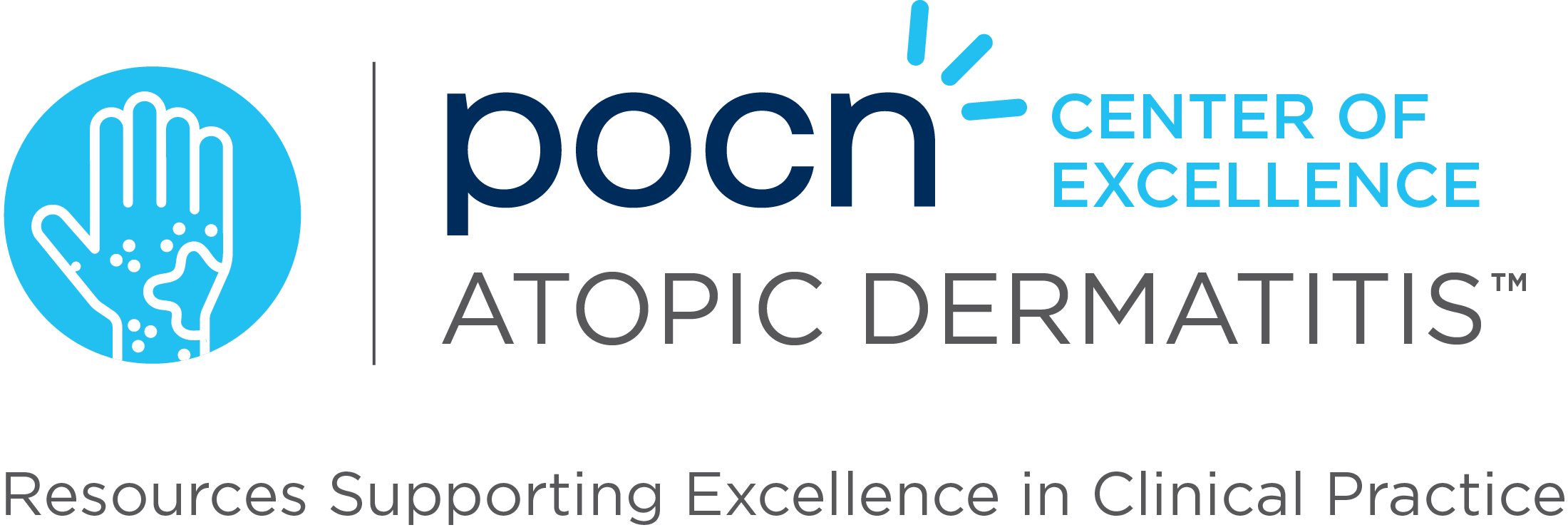New guidelines from the American Academy of Dermatology (AAD) emphasize a range of topical treatments for managing atopic dermatitis (AD), including corticosteroids, calcineurin inhibitors, PDE-4 inhibitors, and JAK inhibitors. While these regimens aim to address immune dysfunction and skin barrier issues, their complexity presents significant adherence challenges. Research published in the Journal of Drugs in Dermatology highlights that adherence to topical corticosteroids declines by 60% within three days of initiation. Additional barriers include the financial burden of emollients, often not covered by insurance, and the practicality of implementing recommended interventions like wet wrap therapy and bleach baths.
Experts caution that the complexity of these multi-modal regimens may be counterproductive, especially for patients struggling to follow treatments even during active disease. They advocate for a simplified, reactive approach, where treatment is initiated during flares and paused after symptom improvement. This strategy may improve adherence and outcomes by aligning treatment plans with real-world patient behaviors and constraints. Addressing these challenges is crucial to optimizing AD management and enhancing patient experiences with care.
Reference: Study: Adherence Declines With Complex Atopic Dermatitis Regimens. Practical Dermatology. Published September 17, 2024. Accessed December 5, 2024. https://practicaldermatology.com/news/dherence-declines-complex-atopic-dermatitis-regimens-aad-guidelines/2468194/


